Reasoning section tests your mental ability to deal with a question in a minimum of time. Reasoning test the common sense which is yet uncommon. Level of the section is increasing in leaps and bounds. Attempt daily Reasoning Quizzes and follow a proper strategy and study plan for the IBPS Clerk main exam 2019 provided on Bankersadda. Logic and rules would not be difficult if the section is practiced well. This section eventually effects the number of question one can attempt within a stipulated time. Today’s quiz is based on the important topics to be asked in the IBPS Clerk Main exam 2019
Directions (1-5): Study the following information carefully and answer the questions given below.
Seven persons A, B, C, D, E, F and G of a family having three generations born in seven different years 1969, 1974, 1981, 1985, 1989, 2009 and 2016. (All the ages of the given persons have been calculated on base year 2019 and all the persons are considered to be born on same date of same month).
F is grand-daughter of A. B is 20years younger than A. E is mother of G. C has only two children. E is not married to B. D is older than C. Son of E is 7years younger than E’s daughter. B is son of D and 8years younger than his brother. Mother of G is 4years younger than C. G is not niece of B. A and his sons are born in odd numbered year.
Q1. Who among the following born in 1981?
(a) D
(b) Husband of E
(c) G
(d) Brother of F
(e) A
Q2. How C is related to G?
(a) Mother
(b) Uncle
(c) Father
(d) Son
(e) Sister
Q3. What is the age difference between B and G’s mother?
(a) 7years
(b)10years
(c) 15years
(d) 4years
(e) 6years
Q4. A was born in which of the following Year?
(a) 1969
(b) 1985
(c) 1989
(d)1981
(e) 2009
Q5. Who among the following is grandmother of F?
(a) E
(b) B
(c) C
(d) A
(e) D
Directions (6-7): In making decision about important questions, it is desirable to be able to distinguish between “strong” arguments and “weak” arguments. “Strong” arguments must be both important and directly related to the question. “Weak” arguments may not be directly related to the question and may be of minor importance or may be related to the trivial aspects of the question.
Each question below is followed by two arguments numbered I and II. You have to decide which of the argument is a “strong” argument and which is a “weak” argument.
Give answer (a) if only argument I is strong.
Give answer (b) if only argument II is strong.
Give answer (c) if either argument I or II is strong.
Give answer (d) if neither argument I nor II is strong.
Give answer (e) if both arguments I and II are strong.
Q6. Should the knowledge of Hindi language be made compulsory for all the employees of public sector organization?
Arguments:
I: Yes, it is necessary for dealing with people from the educationally backward part of the society.
II. No, it is not necessary for every employee to have the knowledge of Hindi Language.
Q7. Should it be made compulsory for all the private sector organization to reserve quota for socially backward classes?
Arguments:
I: No, the private sector should not be governed by the Government rules.
II: Yes, private sector organizations should also contribute in upliftment of socially backward classes.
Directions (8-10): Read the given information carefully and answer the given questions.
There are six boxes P, Q, R, S, T and U each having different numbers of fruits in it (not necessarily in same order).
Box P has 60 fruits. Box Q has more fruits than box S and U. The box which has maximum fruits, has odd numbered fruits in it. Box Q has 40 fruits in it. Box U has more fruits than box T. The box which has least number of fruits has even numbered fruits in it. S has odd numbered of fruits in it. The box which has 2nd least number of Fruits, has even number of Fruits in it.
Q8. How many boxes have less number of fruits than R?
(a) None
(b) Two
(c) Three
(d) One
(e) More than three
Q9. What is the possible number of fruits in box S?
(a) 24
(b) 36
(c) 25
(d) 32
(e) 44
Q10. Which of the following boxes have greater number of fruits than T but less than Q?
(a) S
(b) R
(c) P
(d) Both (a) and (e)
(e) U
Directions (11-13): Study the given information carefully and answer the questions that follows:
Point G is 15m west of point F. Point B is 10m north of point A. Point C is 8m south of point D which is 3m west of Point E. Point H is 9m south of G. Point F is 4m south of point E. Point B is 24m west of point C.
Q11. What is the shortest distance between point A and H?
(a) 17m
(b) 25m
(c) 10m
(d) 13m
(e) 11m
Q12. What is the direction of Point E with respect to point B?
(a) North
(b) East
(c) North-East
(d) South-West
(e) West
Q13. What is the shortest distance and direction of Point F with respect to C?
(a) 7m, North
(b) 5m, North-East
(c) 6m, South-west
(d) 5m, East
(e) 8m, West
Directions (14-15): Study the given information carefully and answer the questions that follows:
A person starts walking from point X, 8m towards east direction. Then he turns his right and walk 5m and reach point Y. From point Y he takes a right turn and walk 4m and then turn his left and walk 7m and reach point Z.
Q14. What is the direction of point X with respect to point Y?
(a) East
(b) North-West
(c) North-East
(d) West
(e) North
Q15. What is the shortest distance between Y and Z?
(a) √27m
(b) √67m
(c) √65m
(d) 25m
(e) 16m
Solution
Sol.(1-5)
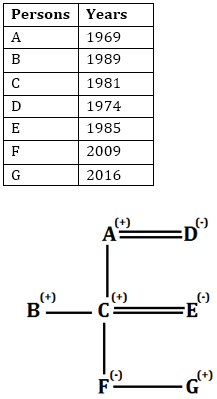
S1. Ans.(b)
S2. Ans.(c)
S3. Ans.(d)
S4. Ans.(a)
S5. Ans.(e)
S6.Ans.(d)
Sol. Neither of the arguments is strong. Argument II lacks substantial facts while argument I does not make any strong point.
S7.Ans.(b)
Sol. It is not given in the statement that to reserve quota for socially backward classes should be considered in government rules, so we can’t assume this from argument I. Only II argument is strong argument.
Sol(8-10):
R > P (60) > Q (40) > S > U > T
S8. Ans.(e)
S9. Ans.(c)
S10. Ans.(d)
Sol(11-13):
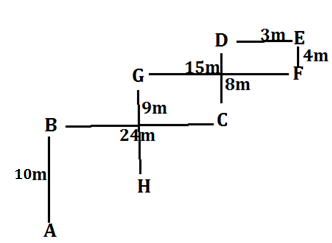
S11. Ans.(d)
S12. Ans.(c)
S13. Ans.(b)
Sol(14-15):
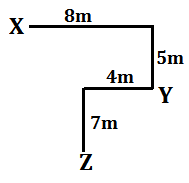
S14. Ans.(b)
S15. Ans.(c)
If you are preparing for IBPS Clerk Mains Exam, then you can also check out a video for Reasoning below:
You may also like to read:
Register here to get study materials and regular updates!!
SBI Clerk 2020
SSC CHSL 2020
Sarkari Jobs 2020
Government Jobs 2020
Current Affairs 2020

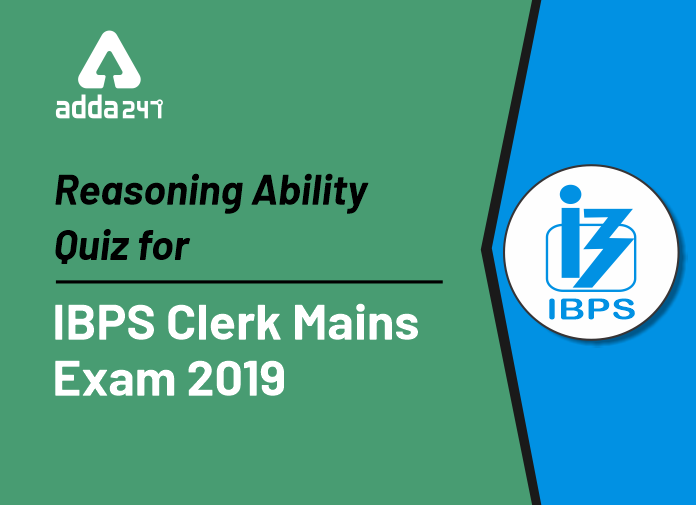

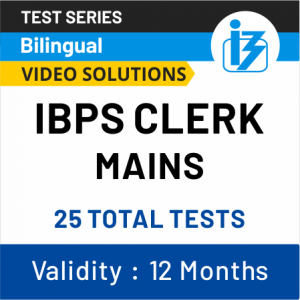

 GA Capsule for SBI Clerk Mains 2025, Dow...
GA Capsule for SBI Clerk Mains 2025, Dow...
 The Hindu Review October 2022: Download ...
The Hindu Review October 2022: Download ...
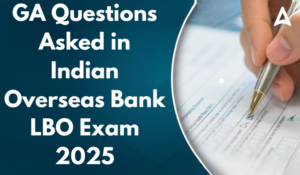 GA Questions Asked in Indian Overseas Ba...
GA Questions Asked in Indian Overseas Ba...


